
Roots
A quiet hum often echoes from our heritage, a soft call back to wisdom held by those who walked before us. It speaks of a time when the rhythm of life was deeply entwined with the earth, when the very ground beneath our feet and the plants reaching for the sun provided all that was needed for sustenance and care. For our hair, this connection was particularly profound.
Before the advent of modern concoctions, our ancestors understood that true scalp wellness sprang from a delicate balance, a conversation with nature rather than a battle against it. They intuitively grasped that a healthy scalp, like fertile soil, nurtures growth and vibrancy.
Ancient wisdom whispers of a natural rhythm for scalp care, connecting us to the earth’s quiet offerings.
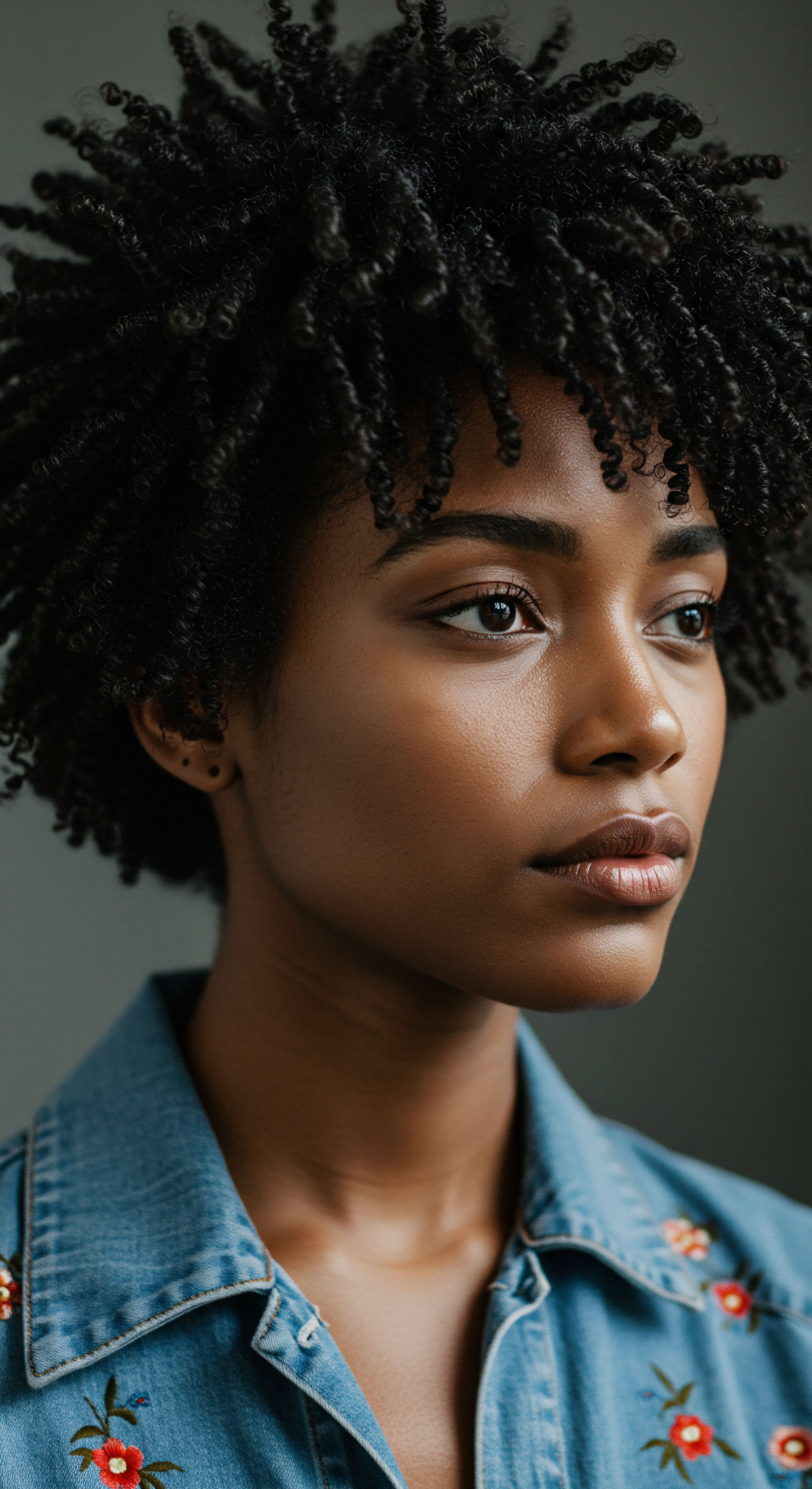
The Scalp’s Ancient Balance
The human scalp, a complex ecosystem of its own, maintains a delicate pH balance and a thriving microbiome. Modern life, with its constant barrage of synthetic chemicals and harsh detergents, can often disrupt this inherent equilibrium, leading to dryness, irritation, or excessive oiliness. Our forebears, however, instinctively worked with the scalp’s natural inclination towards health.
Their cleansing methods, often rooted in botanicals and geological wonders, supported the scalp’s intrinsic functions without stripping its protective layers. They understood that a gentle approach preserved the scalp’s lipid barrier and its beneficial microflora, allowing it to flourish.

What is the Scalp’s Protective Barrier?
The scalp’s protective barrier comprises its outermost layer, the stratum corneum, along with its natural oils and a diverse community of microorganisms. This barrier acts as a shield, guarding against environmental aggressors, moisture loss, and the proliferation of harmful microbes. When harsh cleansers disrupt this shield, the scalp becomes vulnerable, potentially reacting with discomfort or heightened oil production as it attempts to compensate. Traditional methods, by contrast, aimed to cleanse without compromise, leaving this vital barrier intact.

Earth’s Gift ❉ Clays and Their Gentle Touch
Across continents, various civilizations turned to the earth itself for cleansing. Mineral-rich clays, born from volcanic ash and geological processes, served as revered agents for purifying the skin and hair. Two such examples, Rhassoul Clay from the Atlas Mountains of Morocco and Bentonite Clay, a widely distributed volcanic ash derivative, offer unique properties that make them gentle yet effective alternatives for scalp care. Rhassoul clay, with its high silica and magnesium content, possesses a remarkable ability to absorb impurities and excess oil without stripping the scalp of its essential moisture.
It works by ion exchange, drawing out positively charged impurities like dirt and product buildup. Similarly, bentonite clay, recognized for its negative electrical charge, acts as a magnet for positively charged toxins, heavy metals, and pollutants, leaving the scalp feeling remarkably fresh and revitalized. These clays provide a soft exfoliation, helping to lift away dead skin cells and promote a clearer scalp environment, which is especially beneficial for textured hair types prone to buildup.

Botanical Whispers ❉ Herbal Cleansers
Beyond the earth’s embrace, the plant kingdom offered a bounty of cleansing agents. Ancient traditions, particularly those in India, harnessed the power of saponin-rich plants to create natural lathers. Reetha, also known as soapnut (Sapindus mukorossi), contains natural saponins that produce a mild foam, gently removing dirt and oil without harshness. This natural surfactant cleanses while leaving the hair’s natural oils undisturbed, which is particularly advantageous for textured hair that often requires its inherent moisture.
- Shikakai (Acacia concinna), meaning “fruit for hair,” is another Ayurvedic herb known for its low pH, helping to maintain the scalp’s natural acid mantle.
- Amla (Indian gooseberry), rich in vitamin C and antioxidants, often complements reetha and shikakai, promoting scalp health and contributing to the hair’s overall vitality.
- Hibiscus, with its mucilage content, also found its way into these herbal washes, adding a conditioning element.
These botanical washes, often prepared as infusions or pastes, cleansed the scalp without the harsh stripping common with modern sulfate-laden shampoos. Their natural properties supported the scalp’s delicate ecosystem, setting a precedent for gentle, effective cleansing that honored the hair’s inherent needs.

Ritual
As we turn our attention from the foundational elements to the practices themselves, we step into a realm where hair care was not merely a task, but a thoughtful ceremony. These rituals, passed down through generations, were imbued with practical wisdom and a deep understanding of the hair’s response to natural agents. They beckon us to consider a slower, more intentional approach to cleansing, one that prioritizes nourishment and balance over quick, aggressive stripping. It is in these time-honored techniques that we discover the true gentleness historical methods offer.
Hair care in ancient times was a thoughtful ceremony, a testament to intentional cleansing.
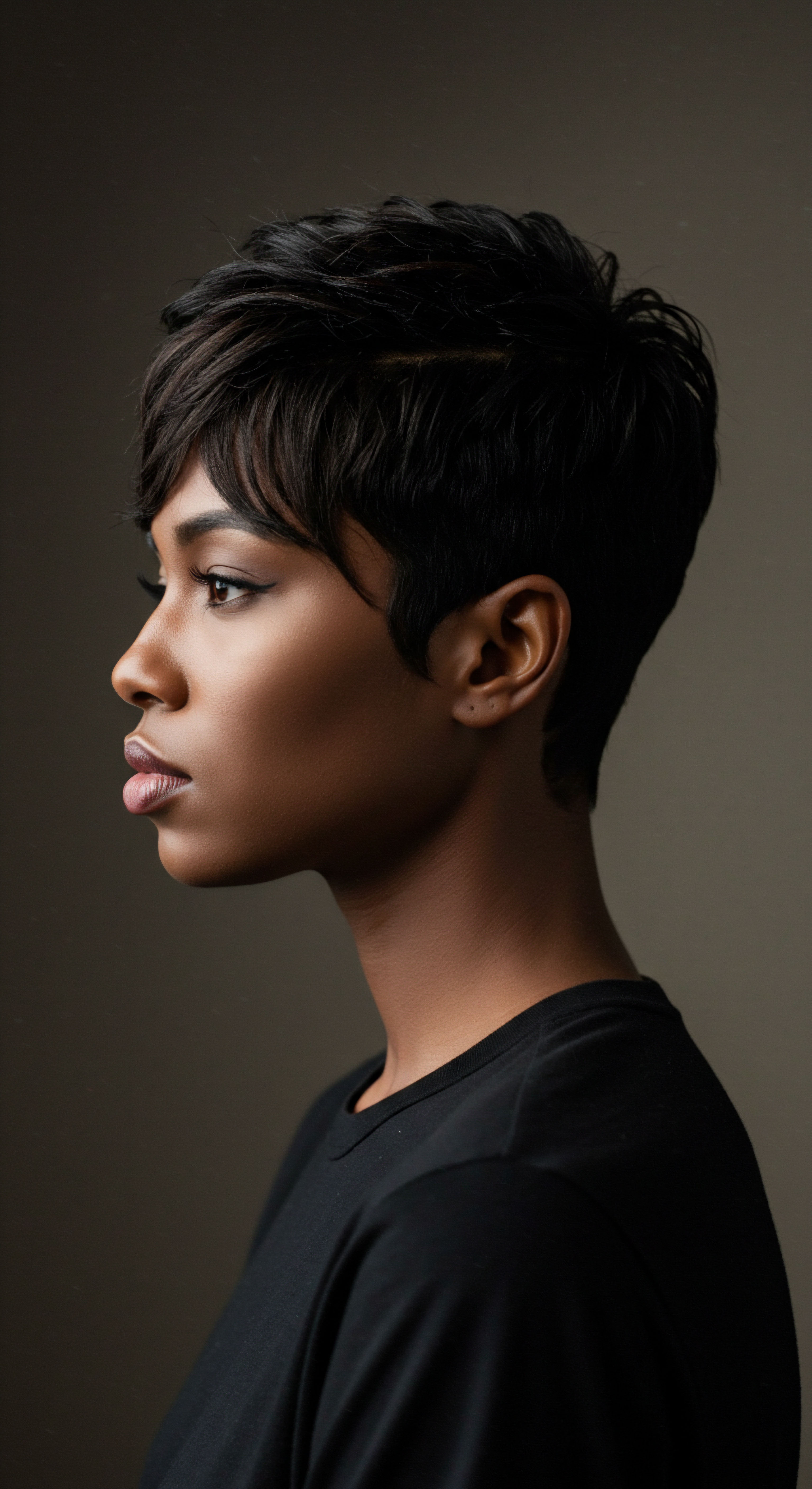
Crafting the Cleansing Elixir
The preparation of historical cleansing agents was often as important as the application itself. Unlike simply dispensing liquid from a bottle, these methods often involved a mindful process of gathering, steeping, or mixing.
- Herbal Infusions ❉ Plants like reetha, shikakai, and amla were typically boiled or steeped in water overnight to release their saponins and beneficial compounds. This liquid, once cooled and strained, became the washing medium, often yielding a light, natural lather.
- Clay Pastes ❉ Rhassoul or bentonite clay would be mixed with water, sometimes with a touch of apple cider vinegar or herbal infusions, to create a smooth, spreadable paste. The consistency was carefully adjusted to allow for even application and easy rinsing.
- Vinegar Rinses ❉ Apple cider vinegar, diluted with water, was a common rinse, known for its clarifying properties. This simple preparation required no heating or complex mixing, making it a readily available option.
The act of creating these preparations fostered a deeper connection to the ingredients and their purpose, a stark contrast to the detachment often felt with commercially produced products.

The Rhythmic Application
The application of these historical cleansers was rarely a hurried affair. Instead, it was often a rhythmic, almost meditative process, designed to work with the hair and scalp rather than against them.
When using herbal infusions or clay washes, the liquid or paste would be gently massaged into the scalp, working through the hair strands. This massage not only aided in distributing the cleanser but also stimulated circulation to the scalp, promoting a healthy environment for hair growth. For textured hair, this gentle application was crucial, minimizing tangles and breakage often associated with aggressive washing.
Rinsing was equally important, often performed with lukewarm water to avoid shocking the scalp or over-drying the hair. The natural slip provided by ingredients like reetha and the conditioning properties of clays helped in detangling even as the hair was being cleansed.
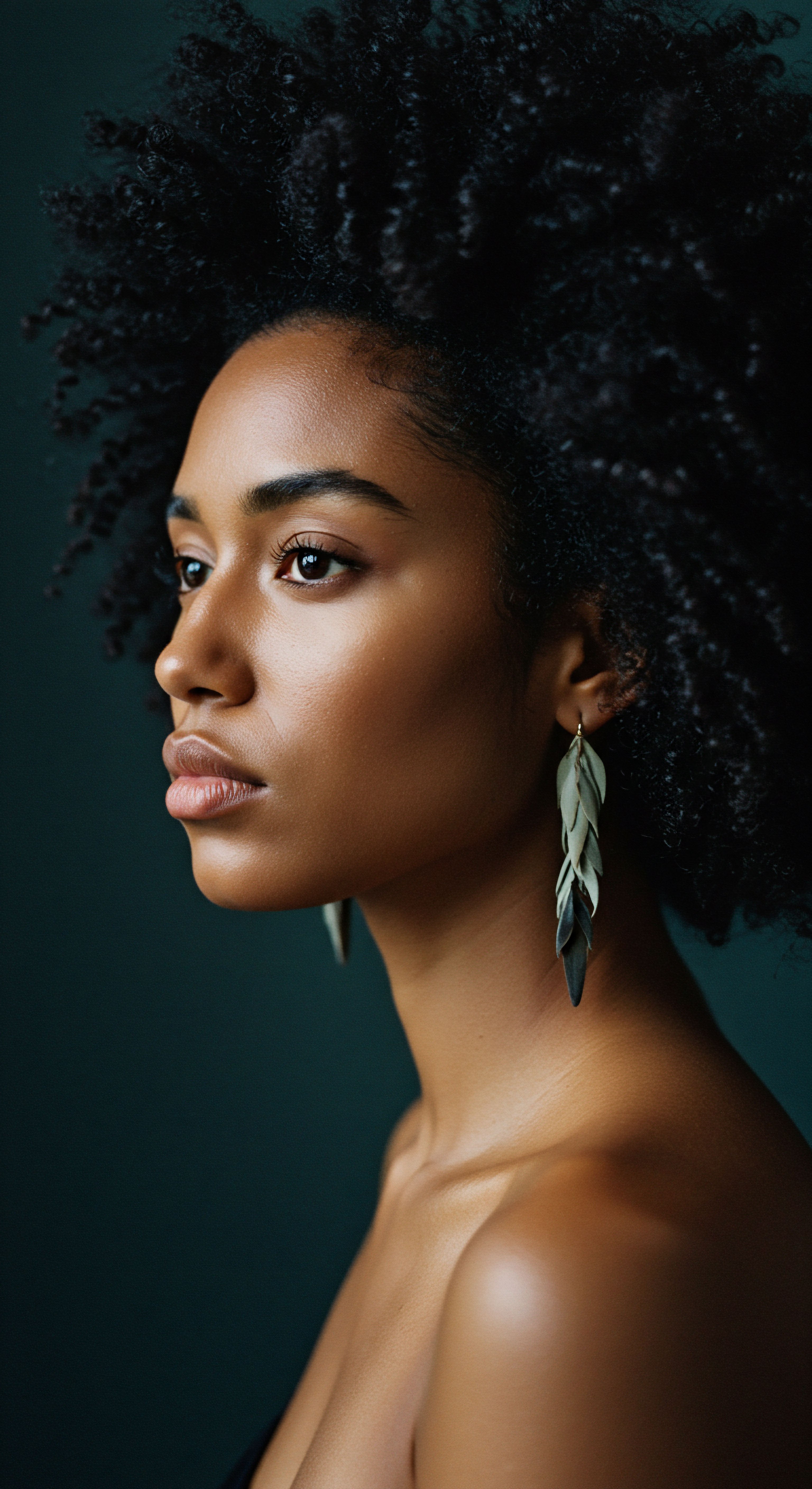
How Did Ancient Practices Reduce Scalp Irritation?
Ancient practices minimized scalp irritation through several key principles. Firstly, the ingredients themselves were often mild and plant-derived, lacking the harsh sulfates and artificial fragrances that can provoke sensitivity in modern products. Secondly, the methods of application emphasized gentle massage and careful rinsing, preventing excessive friction or residue buildup. Finally, the infrequent nature of full washes in many historical contexts meant the scalp’s natural protective oils were not constantly stripped, allowing the skin to maintain its inherent resilience.

Beyond the Wash ❉ Supporting Practices
Historical scalp care extended beyond the cleansing act itself, encompassing a range of supporting practices that contributed to overall hair health.
| Practice Dry Brushing |
| Description Regularly brushing hair with natural bristle brushes, often boar bristles. |
| Benefit for Scalp and Hair Distributes natural oils from scalp to ends, mechanically removes dirt and debris, gently exfoliates the scalp. |
| Practice Hair Oiling |
| Description Massaging natural oils (like coconut, sesame, or almond) into the scalp and hair, often left on for hours or overnight before washing. |
| Benefit for Scalp and Hair Nourishes the scalp, reduces dryness, provides a protective barrier, and can have antimicrobial properties. |
| Practice Protective Styling |
| Description Braiding, twisting, or covering hair to shield it from environmental damage and reduce manipulation. |
| Benefit for Scalp and Hair Minimizes exposure to dust and dirt, reduces breakage, and preserves styles, extending time between washes. |
These complementary practices worked in concert with the gentle cleansing methods, creating a holistic approach to hair and scalp wellness that modern routines can certainly draw inspiration from. The infrequent, yet thorough, cleansing coupled with regular mechanical cleaning and oiling meant that the scalp was not constantly assaulted, allowing its natural functions to remain undisturbed.
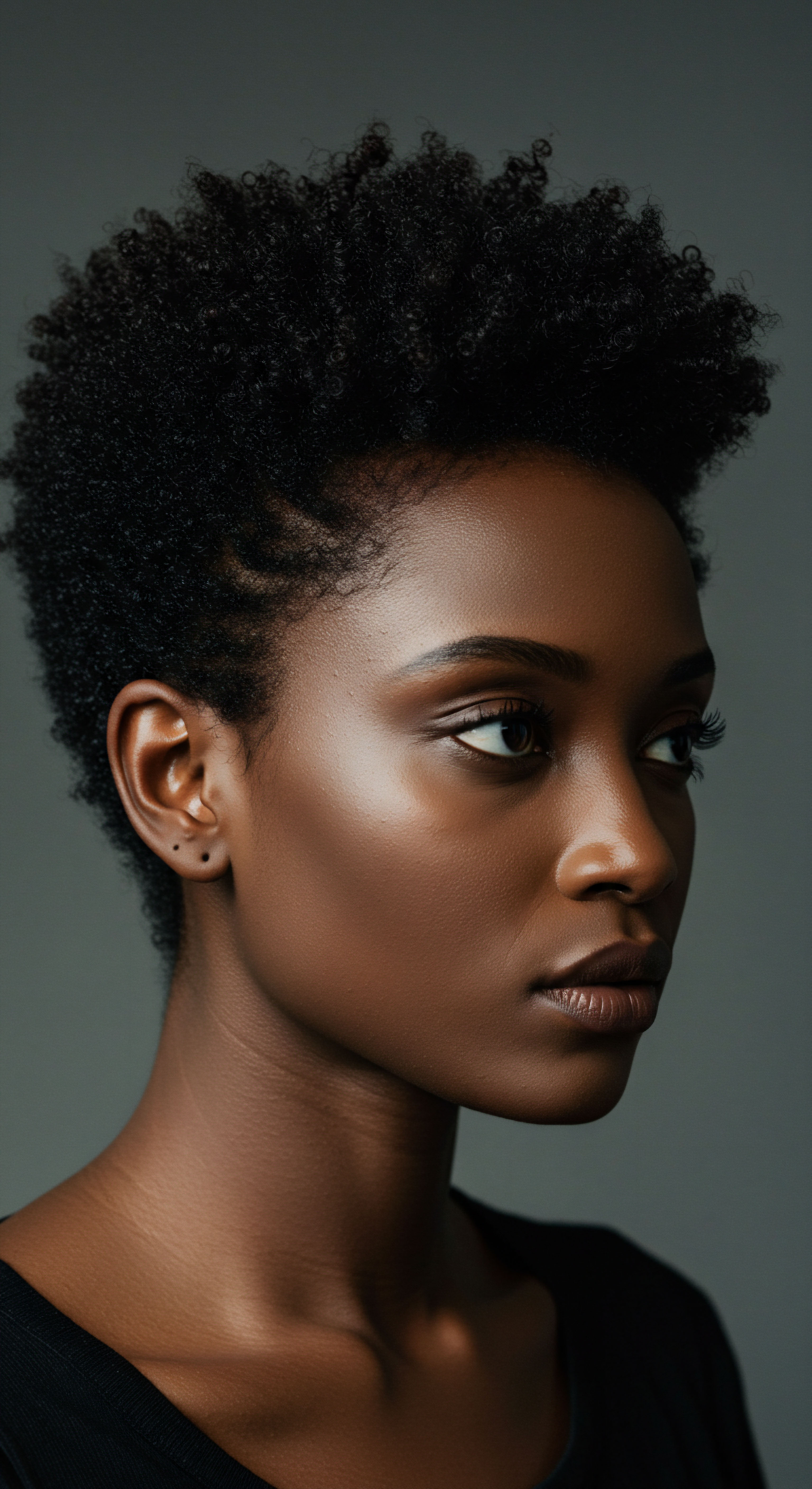
Relay
Having considered the foundational elements and the thoughtful practices of historical hair cleansing, we now step into a deeper inquiry, one that connects ancient wisdom with contemporary scientific understanding and cultural resonance. The question is no longer simply about what was done, but why it worked, and how these age-old approaches can inform our present-day pursuit of truly gentle scalp care. This deeper examination requires us to look beyond the surface, recognizing the intricate interplay of biology, heritage, and personal well-being that shapes our hair journeys.
Connecting ancient hair care wisdom with modern science unveils deeper truths about scalp wellness.
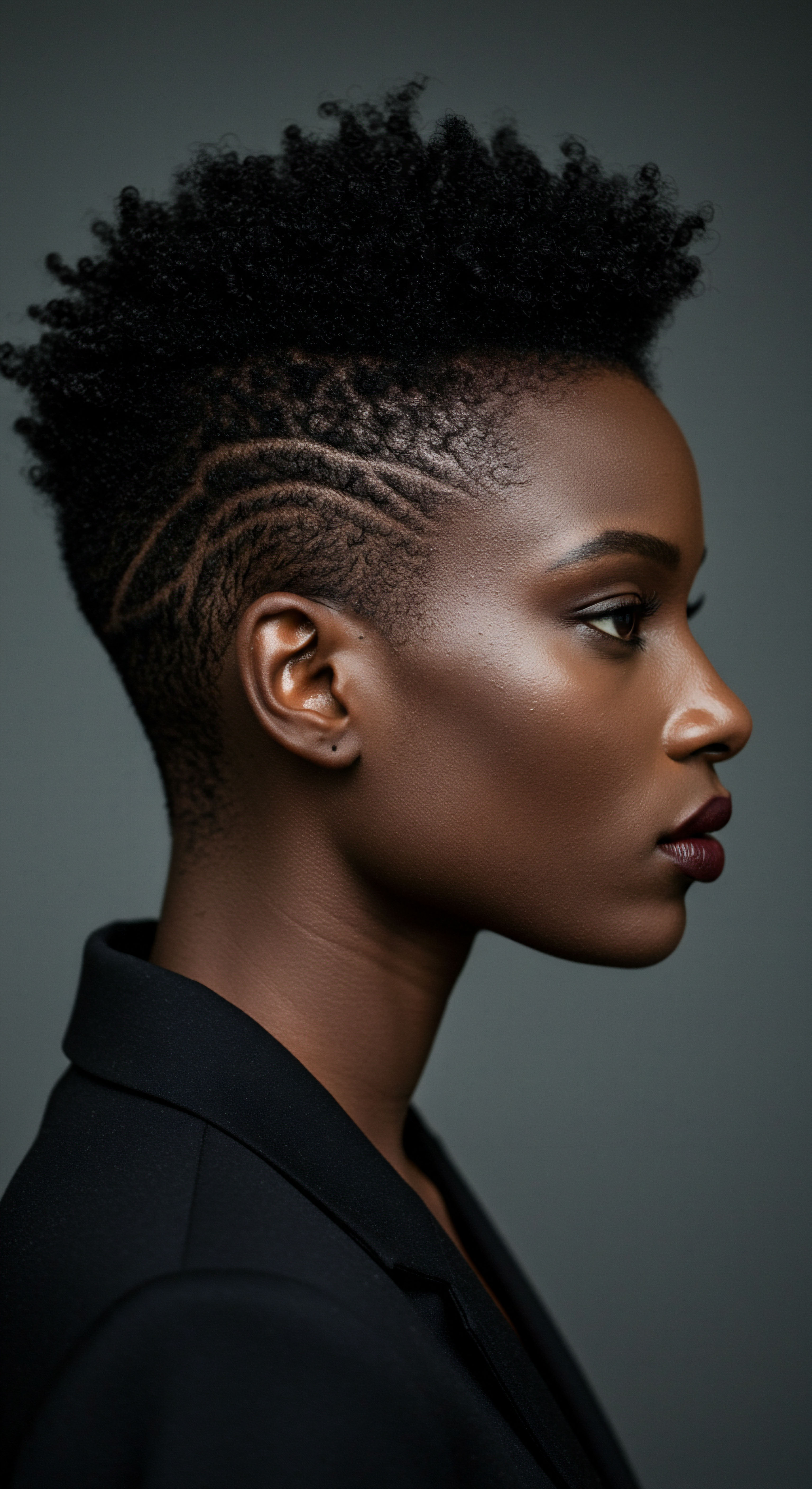
The Science Beneath the Surface
The effectiveness of historical cleansing methods, often attributed to anecdotal success, finds grounding in scientific principles. The scalp’s pH, for instance, typically rests within an acidic range, around 4.5 to 5.5. This slight acidity helps maintain the integrity of the hair cuticle and inhibits the growth of certain harmful microorganisms.
Many traditional cleansers, such as apple cider vinegar and some herbal preparations, possess a pH that aligns more closely with the scalp’s natural acidity than many conventional alkaline soaps or shampoos. This pH compatibility helps prevent disruption of the acid mantle, reducing the likelihood of dryness, irritation, and potential scalp conditions like dandruff.
Beyond pH, the burgeoning field of scalp microbiome research highlights the importance of a balanced microbial community. Harsh detergents can indiscriminately eliminate both beneficial and detrimental bacteria, leading to dysbiosis. Natural ingredients, with their complex chemical compositions, often possess selective antimicrobial properties, targeting pathogens while supporting the overall diversity of the scalp’s ecosystem. For example, the saponins in reetha have documented antimicrobial actions, helping to cleanse without sterilization.
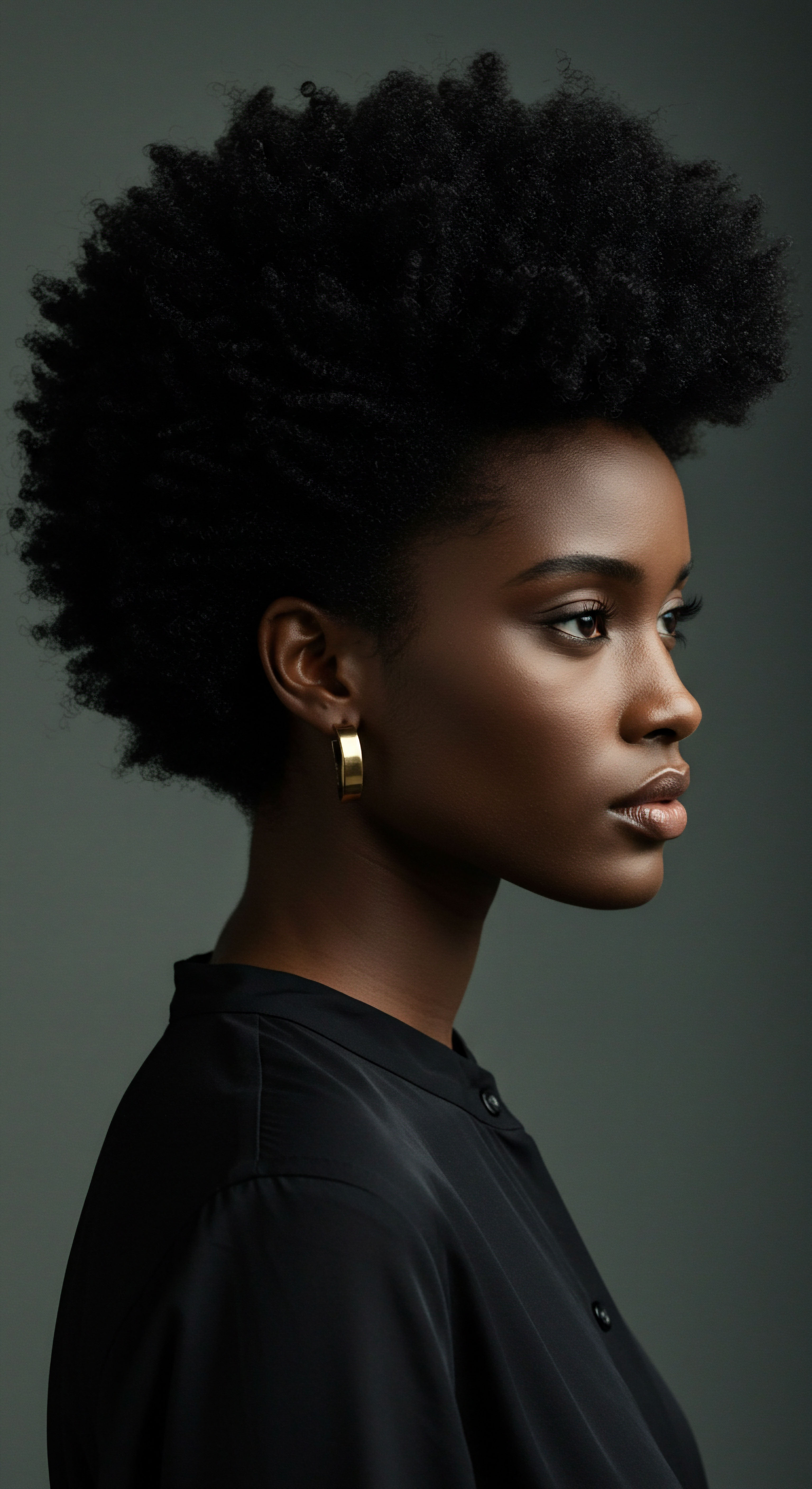
Cultural Echoes ❉ Hair Care as Identity
For many communities, particularly those with textured hair, hair care has always extended beyond mere hygiene. It is a profound aspect of identity, a link to ancestry, and a repository of cultural narratives. In pre-colonial Africa, hairstyles communicated status, origin, and social standing, and the intricate care processes, including washing, oiling, and braiding, were often communal activities, serving as opportunities for social bonding. The deep cultural significance of these practices underscores a respect for hair as a living crown, deserving of gentle, mindful attention.
The Thai ‘Lung Ta’ hair washing ritual, performed on New Year’s Eve, symbolizes cleansing away bad moods and attracting good fortune, highlighting the spiritual dimension of hair care in various cultures. This historical perspective reinforces the idea that scalp cleansing can be a nurturing, culturally resonant act rather than a purely functional one.
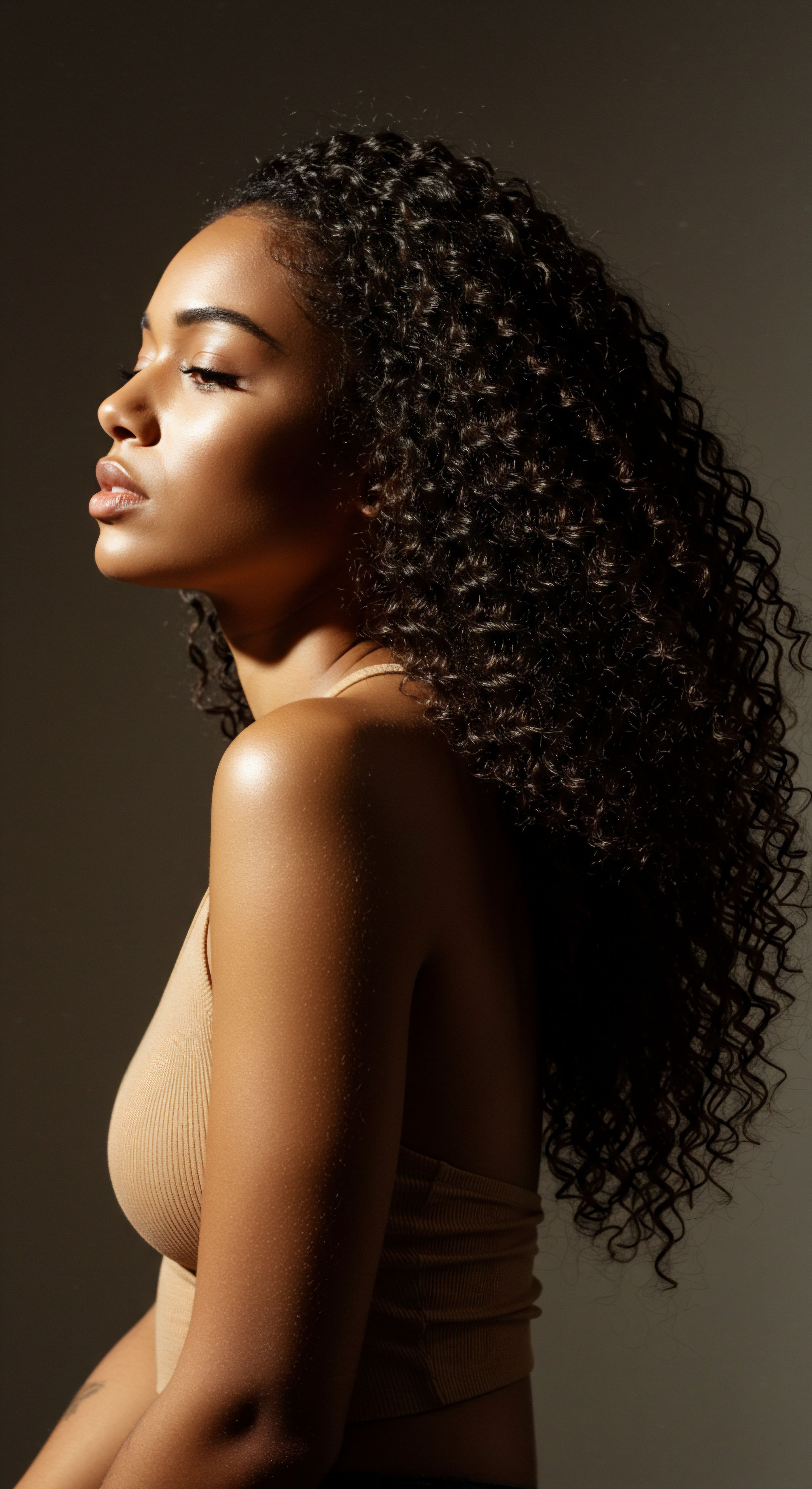
Do Traditional Cleansers Offer a Better Path for Textured Hair?
For textured hair, which often leans towards dryness and can be prone to breakage due to its structural characteristics, the gentle nature of historical cleansing methods holds particular appeal. The natural oils produced by the scalp are vital for conditioning and protecting textured strands. Modern shampoos, especially those with strong surfactants, can strip these oils, leaving hair parched and vulnerable. Traditional alternatives, designed to cleanse without stripping, help preserve this natural moisture, which is crucial for maintaining elasticity and preventing damage.

A Case for Gentleness ❉ The Scalp’s Ecosystem
A compelling demonstration of traditional remedies’ efficacy comes from a study comparing rosemary oil to a widely used synthetic hair growth agent. Research by Panahi et al. (2015) investigated the application of rosemary oil lotion against 2% minoxidil in individuals experiencing androgenetic alopecia. Over a six-month period, the study involving 100 participants showed that rosemary oil was as effective as minoxidil in promoting hair growth, with both treatments yielding significant increases in hair count.
This evidence points to the potent biological activity within natural plant compounds, suggesting that a gentle, herb-based approach can yield comparable, if not superior, results to more aggressive chemical treatments, all while working harmoniously with the scalp’s delicate ecosystem. This underscores the potential for historical cleansing methods, rich in plant-derived ingredients, to offer effective yet gentle alternatives.
The traditional practices often used natural ingredients that inherently support the unique needs of textured hair.
- Clay Masks, like bentonite, are known to improve curl definition and reduce frizz for curly or textured hair, while also detoxifying the scalp.
- Herbal Washes, such as reetha and shikakai, are specifically beneficial for naturally curly or textured hair, addressing common concerns like dryness and frizz without stripping essential oils.
- Hair Oiling, a widespread historical practice, provides deep nourishment and helps seal moisture into textured strands, preventing dryness and promoting resilience.
These methods work in concert with the hair’s inherent structure, rather than attempting to alter it aggressively. They provide a cleansing experience that respects the scalp’s natural rhythms and the hair’s delicate nature, making them valuable considerations for anyone seeking a more balanced approach to hair care.
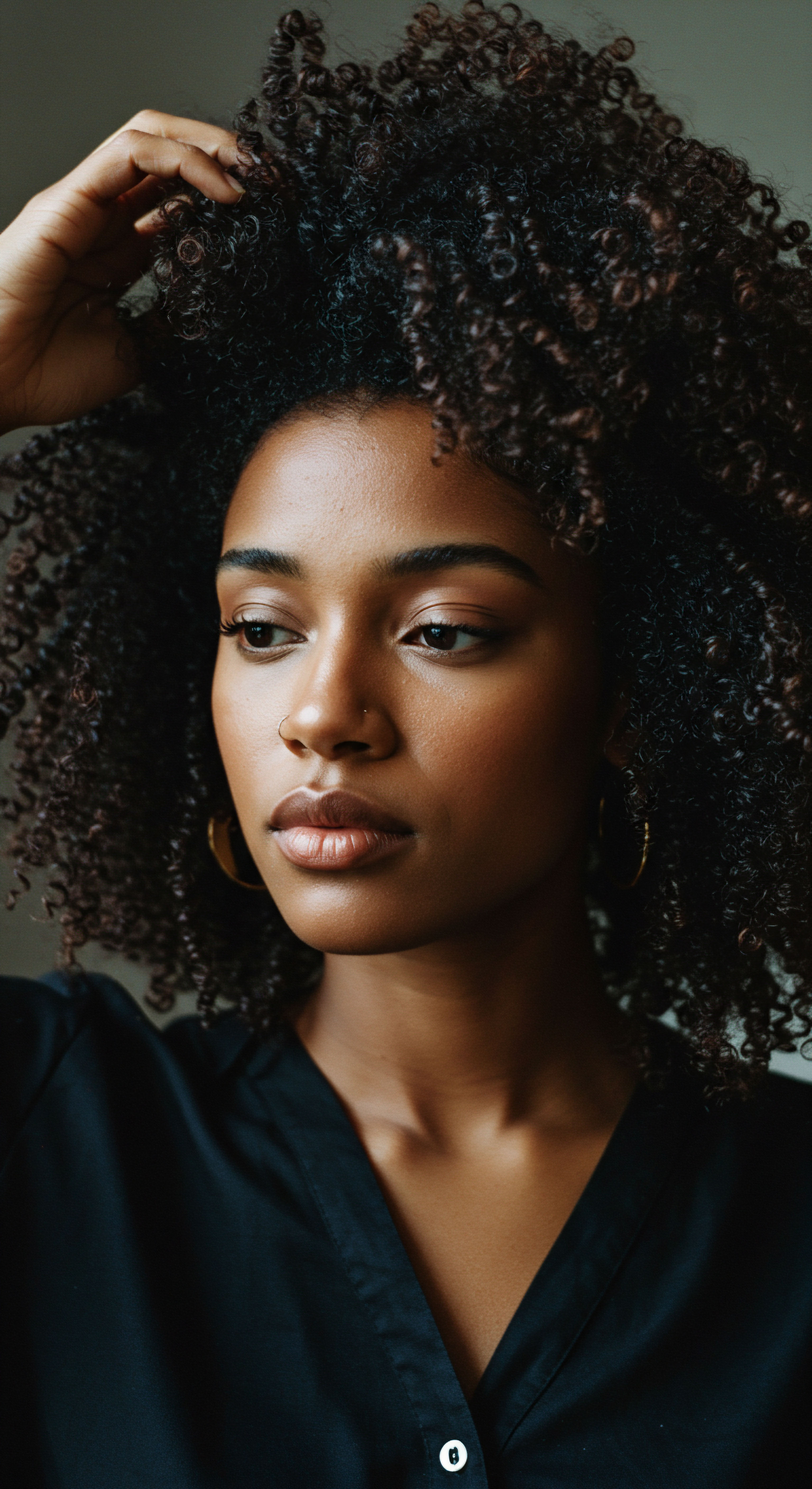
Reflection
As we step back from this exploration, a quiet understanding settles. The wisdom of generations past, held within their simple yet profound cleansing methods, offers more than just a historical curiosity. It presents a gentle invitation to reconsider our relationship with our hair and scalp, to listen more closely to their inherent needs.
Perhaps the truest innovation lies not in inventing something entirely new, but in rediscovering the timeless efficacy of natural harmony. The journey back to these softer ways of care can be a pathway to profound wellness, where our strands and scalp not only thrive but also echo the enduring beauty of traditions deeply rooted in respect for the earth and ourselves.
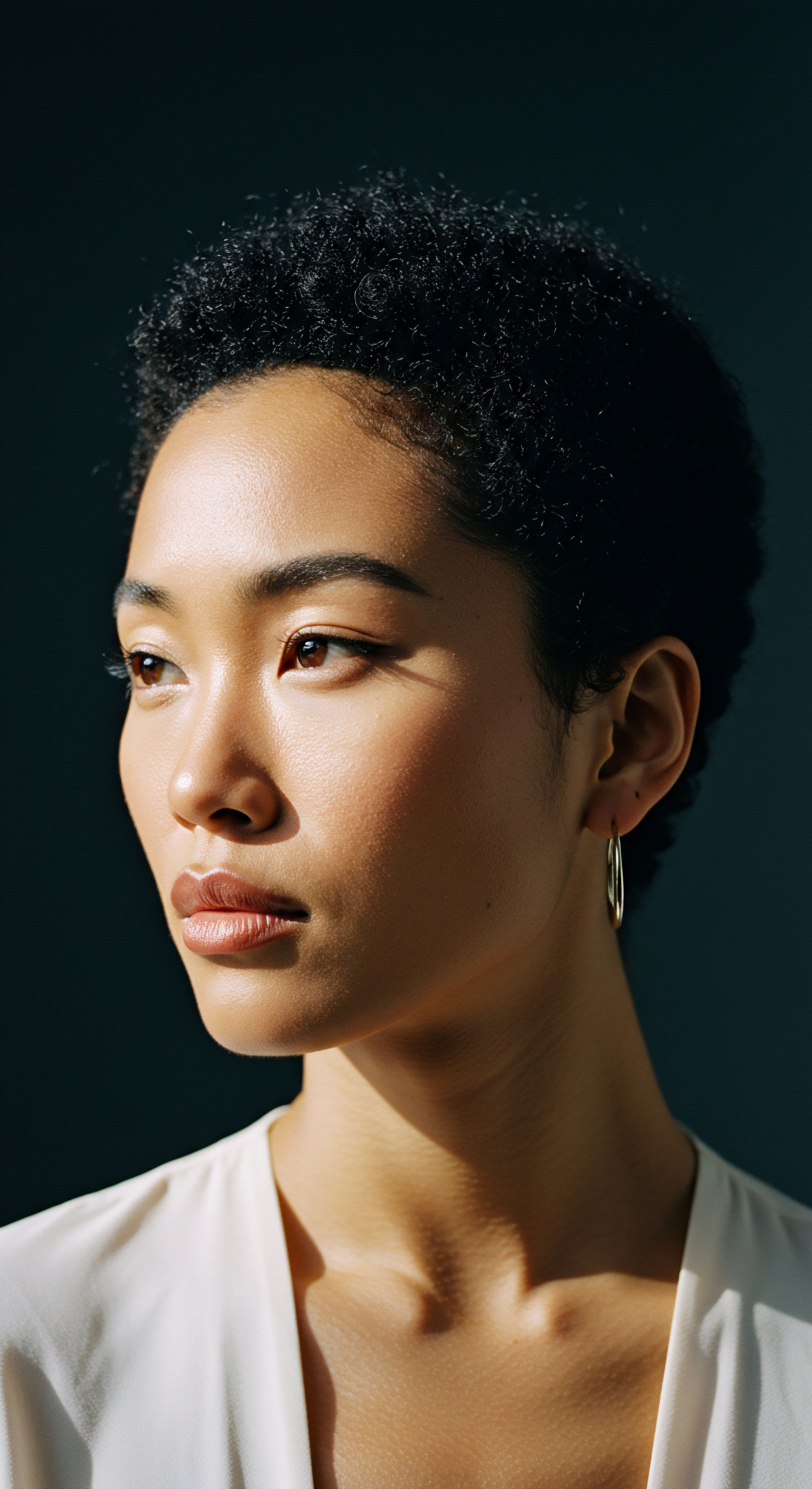
References
- Marlowe, R. Getting To The Root of Hair Cleansing. Natureofthings.
- Ogunsuyi, A. O. et al. Cosmetopoeia of African Plants in Hair Treatment and Care ❉ Topical Nutrition and the Antidiabetic Connection? MDPI, 2024.
- SnappyDragon Studios. Medieval Hair Washing Myths Busted. SnappyDragon Studios, 2024.
- The Legacy of Lathers ❉ Tracing the Historical Use of Natural Ingredients. 2023.
- Axe, J. Apple Cider Vinegar for Hair Rinse. Dr. Axe, 2021.
- Katherine Haircare. Historical Hair Care Grew My Hair to Hip Length! Here’s How. Katherine Haircare, 2022.
- SVATV Soapnut Powder | Reetha | Aritha Powder For Natural Hair Care | Sapindus Mukorossi | Natural Shampoo Ayurvedic Hair Cleansing Conditioner Powder For Men & Women 227g. Amazon.com.
- Clinikally. Bentonite Clay Hair Mask ❉ The Natural Way to Detox and Revive Your Hair. Clinikally, 2025.
- The History of Hair Care. Banyan Tree Essentials, 2019.
- Amla Shikakai Reetha Soapnut Dry Herb Powder For Dandruff Hair Loss Pure Natural.
- Herbal Magic. Reetha Powder – Usage and Benefits for hair. Herbal Magic.
- Vietnam Heritage Magazine. Hair washing ritual of the Thai people. Vietnam Heritage Magazine, 2017.
- Apple cider vinegar for hair growth ❉ Effectiveness, safety, and more. Medical News Today.
- Clinikally. Reviving Ancient Hair Rituals ❉ Exploring the Therapeutic Art of Hair-Oiling. Clinikally, 2024.
- Victorian Hair Care. old-fashioned bastards. WordPress.com, 2013.
- Kaya Skin Clinic. Smooth, Shiny & Healthy Hair with Reetha ❉ Benefits & DIY Tips. Blog – Kaya Skin Clinic, 2024.
- A History of Haircare. Amazingy Magazine, 2024.
- Beauty rituals around the world ❉ How do different cultures approach depilation?
- Washing hair ❉ Significance and symbolism. 2024.
- Spiritual and cultural significance of hair-cutting rituals across cultures. The Indian Express, 2024.
- A review on formulation of herbal shampoo. World Journal of Pharmaceutical Science and Research, 2024.
- A Study on Scalp Hair Health and Hair Care Practices among Malaysian Medical Students.
- Ogunsuyi, A. O. et al. Cosmetopoeia of African Plants in Hair Treatment and Care ❉ Topical Nutrition and the Antidiabetic Connection? ResearchGate, 2024.
- Regirl. Bentonite Clay For Natural Hair ❉ Benefits, How to Use, and DIY Mask Recipe. Regirl, 2021.
- Makeup.com. What Does a Clay Mask Do for Your Hair and Scalp? Makeup.com, 2022.
- How to Use Amla, Reetha, Shikakai Powder for Hair Care? 2024.
- The Hair Benefits of Apple Cider Vinegar. Clinikally, 2024.
- How did people in medieval times wash their hair? r/AskHistorians – Reddit, 2014.
- Ancient African Hair Growth Secrets For Healthy Hair. Sellox Blog, 2021.
- CurlyNikki. 3 Clays to Detox and Restore Your Natural Hair and Scalp. CurlyNikki, 2021.
- What Every Dermatologist Must Know About the History of Black Hair. 2023.
- Daughters of Flowers. Ritual Hair Rinsing. Daughters of Flowers, 2024.
- Wonder Curl. Top Benefits of Kaolin Clay For Hair- A Must Read Post. Wonder Curl, 2022.
- Historical Hair Care Grew My Hair to Hip Length! Here’s How. YouTube, 2022.
- AI Care. Hair Oiling ❉ Is This Traditional Hair Care Method Really Effective? AI Care, 2024.
- Hair Oils ❉ Indigenous Knowledge Revisited. ResearchGate, 2025.
- A Review Of Indigenous Therapies For Hair And Scalp Disorders In Nigeria. 2024.
- Hair Oils ❉ Indigenous Knowledge Revisited. PMC.
- Ethnobotanical Advancements in Contemporary Skincare. IGI Global.
- Ethnobotanical Survey of Medicinal Plants used in the Treatment and Care of Hair in Karia ba Mohamed (Northern.
- Herbal Remedies for Hair Loss ❉ A Review of Efficacy and Safety. Karger Publishers, 2025.
- A Brief History Of Black Hair Rituals. ELLE, 2020.
- Hair loss therapies ❉ a review and comparison of traditional and modern treatment methods. 2024.
- No raw oils and butters vs. Traditional African hair care? r/Naturalhair – Reddit, 2021.
- Ethnobotanical Survey of Medicinal Plants used in the Treatment and Care of Hair in Karia ba Mohamed (Northern Morocco).
- Status of research on the development and regeneration of hair follicles. PMC.